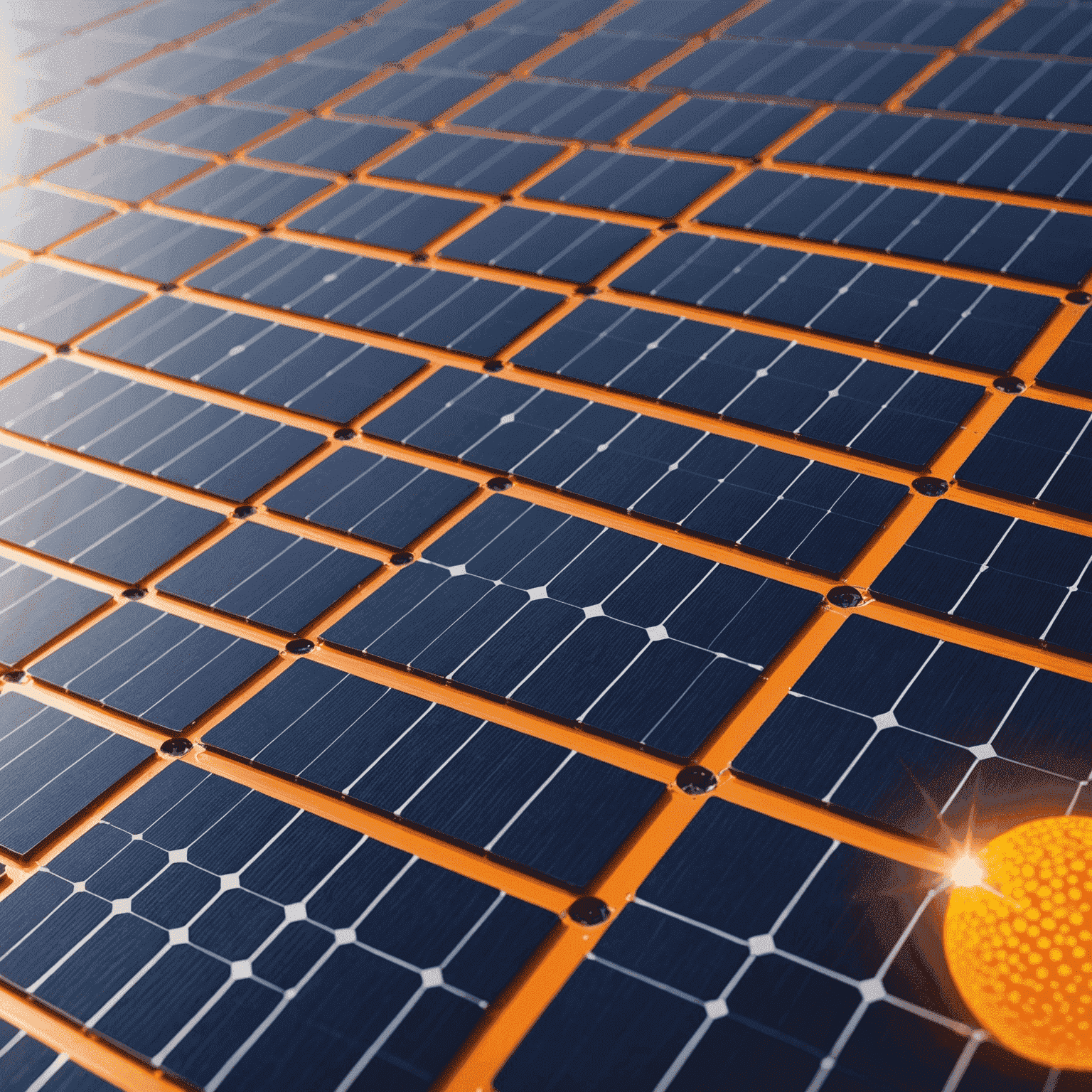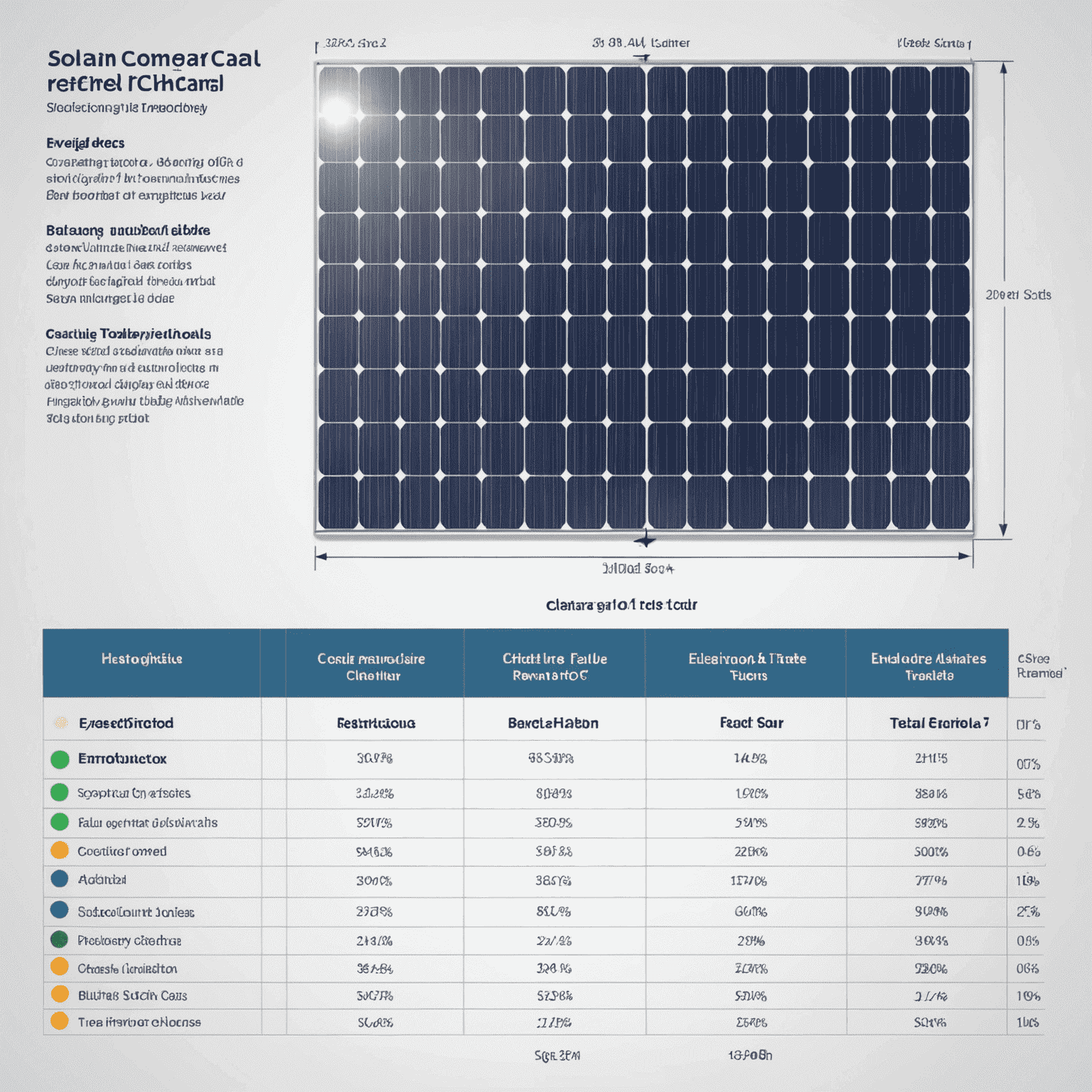Solar Panel Efficiency: Latest Breakthroughs
Recent advancements in solar panel technology are revolutionizing the renewable energy sector, pushing the boundaries of energy conversion efficiency and paving the way for more sustainable power solutions.

Perovskite-Silicon Tandem Cells
One of the most promising breakthroughs in solar panel efficiency comes from the development of perovskite-silicon tandem cells. These innovative cells combine traditional silicon technology with perovskite, a crystalline material that excels at capturing blue light from the solar spectrum.
Recent tests have shown efficiency rates of up to 29.15%, significantly higher than the 26.7% record for single-junction silicon cells.
Multi-Junction Solar Cells
Multi-junction solar cells are another area of rapid advancement. These cells use multiple layers of light-absorbing materials to capture a broader range of the solar spectrum, significantly increasing efficiency.
Laboratory tests have achieved efficiencies of over 47% with multi-junction cells, though commercial applications are still in development.

Nanomaterial Enhancements
Researchers are exploring the use of nanomaterials to enhance solar panel efficiency. Quantum dots and carbon nanotubes are being integrated into solar cells to improve light absorption and electron transport.
Early experiments have shown potential efficiency increases of up to 25% over traditional silicon cells.
Bifacial Solar Panels
Bifacial solar panels, which can absorb light from both sides, are gaining traction in the industry. These panels can increase energy yield by 11% to 27% compared to traditional monofacial panels, especially when installed on highly reflective surfaces.
Implications for Energy Storage
As solar panel efficiency continues to improve, the implications for energy storage solutions are significant. Higher efficiency panels mean more energy can be generated and stored in battery systems, enhancing the viability of off-grid solutions and improving power backup capabilities.
For instance, a home equipped with high-efficiency panels and a modern battery storage system could potentially achieve energy independence, relying less on the grid and more on stored solar power.
Conclusion
These breakthroughs in solar panel efficiency are not just laboratory curiosities; they represent the future of renewable energy. As these technologies mature and become commercially viable, we can expect to see a significant boost in the adoption of solar power and associated energy storage solutions.
For those interested in battery storage and power backup systems, these advancements promise more efficient and cost-effective solutions in the near future, further accelerating the transition to clean, renewable energy sources.